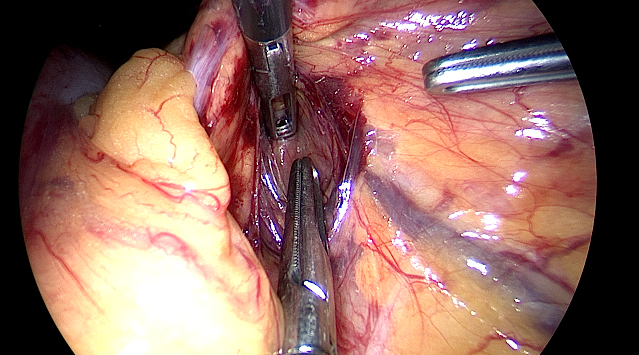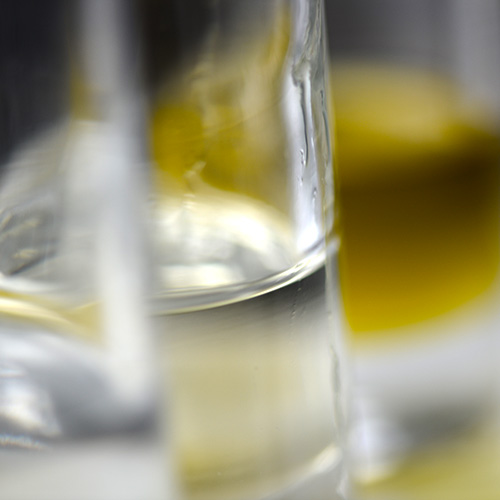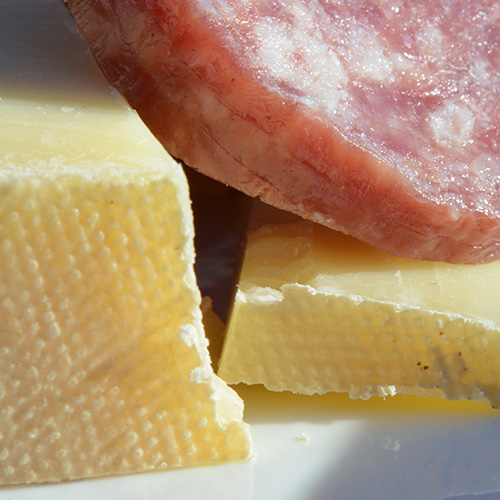Energy homoeostasis refers to the ability of all living organisms to maintain the stability of body?s internal functions. Majority of the living organisms need certain conditions internally for survival such as internal body temperature, body pH, metabolic rate and expenditure of energy versus consumption of energy in the form of food. Human beings have the capability to adapt to different external environments and maintain the energy homoeostasis of their body. There are several ways in which human beings can maintain the energy homeostasis of their bodies. When the circumstances are favorable, the amount of the input of energy is equal to the output of energy. This can be demonstrated as follows: Energy input = Energy expended + Energy stored. This is the perfect energy cycle. However, due to unfavorable environmental circumstances a perfect energy cycle is not usually supported. Moreover, to maintain internal energy homoeostasis adaptation to the surroundings is required. Any organism that is not capable of adaptation ultimately perishes.










